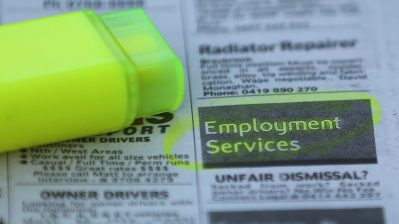
Replacing lead water pipes is expensive. Not finishing the job may cost more.
Replacing lead water pipes is expensive. Not finishing the job may cost more.

The Biden administration announced last week another tranche of money from the 2021 Infrastructure Investment and Jobs Act: $3 billion to replace lead pipes that supply drinking water nationwide.
It’s the latest installment of a $15 billion investment to remove the heavy metal from the nation’s drinking water — Biden has promised to replace every lead pipe in the country.
This most recent installment brings the total federal investment up to $9 billion. Bruno Pigott, acting assistant administrator in the Environmental Protection Administration’s water office, said we’re just at the beginning of the timeline to remove lead pipes.
‘We’ve got a proposed rule that requires the vast majority of systems around the country to remove their lead service lines in 10 years,” he said.
All told, the EPA estimates there are about 9 million lead pipes nationwide that need replacing, and with the money earmarked so far, Pigott said we can replace nearly 2 million.
But, he said, “that’s not really the end of the story.” Because there’s more than $6 billion to come from the federal government. State and local governments, and utilities will have to make up the difference.
This level of federal support is unprecedented, said Erik Olson, senior strategic director for health with the Natural Resources Defense Council.
“This is a really big deal. This is the largest investment in U.S. history and drinking water infrastructure, and specifically on funding to pull out these lead pipes,” he said.
The EPA has found no level of lead is safe. Olson said the pipes that connect water mains on the street to fixtures in homes are the worst culprits.
“EPA’S estimate is that this pulling out of all the lead pipes will actually save thousands of lives because of reduced cardiovascular disease,” he said.
It’ll also cut public health costs and improve the lifetime earning potential of kids and adults whose exposure to lead will be slashed. Almost half of the funding is earmarked for disadvantaged communities, where people are more likely to live in older buildings with lead service lines, according to Benjamin Huynh, a professor in the environmental health and engineering department at Johns Hopkins University who has studied the effects of lead-contaminated water.
“And if you’re living in areas where people are predominantly renters rather than owners, then the owners of those homes aren’t incentivized to remove those lead service lines. And the renters don’t have the wherewithal to remove those service lines themselves,” he said.
Huynh’s biggest concern is that while we wait for lead pipes to get replaced, communities will still need resources to test and purify their water.
There’s a lot happening in the world. Through it all, Marketplace is here for you.
You rely on Marketplace to break down the world’s events and tell you how it affects you in a fact-based, approachable way. We rely on your financial support to keep making that possible.
Your donation today powers the independent journalism that you rely on. For just $5/month, you can help sustain Marketplace so we can keep reporting on the things that matter to you.

















